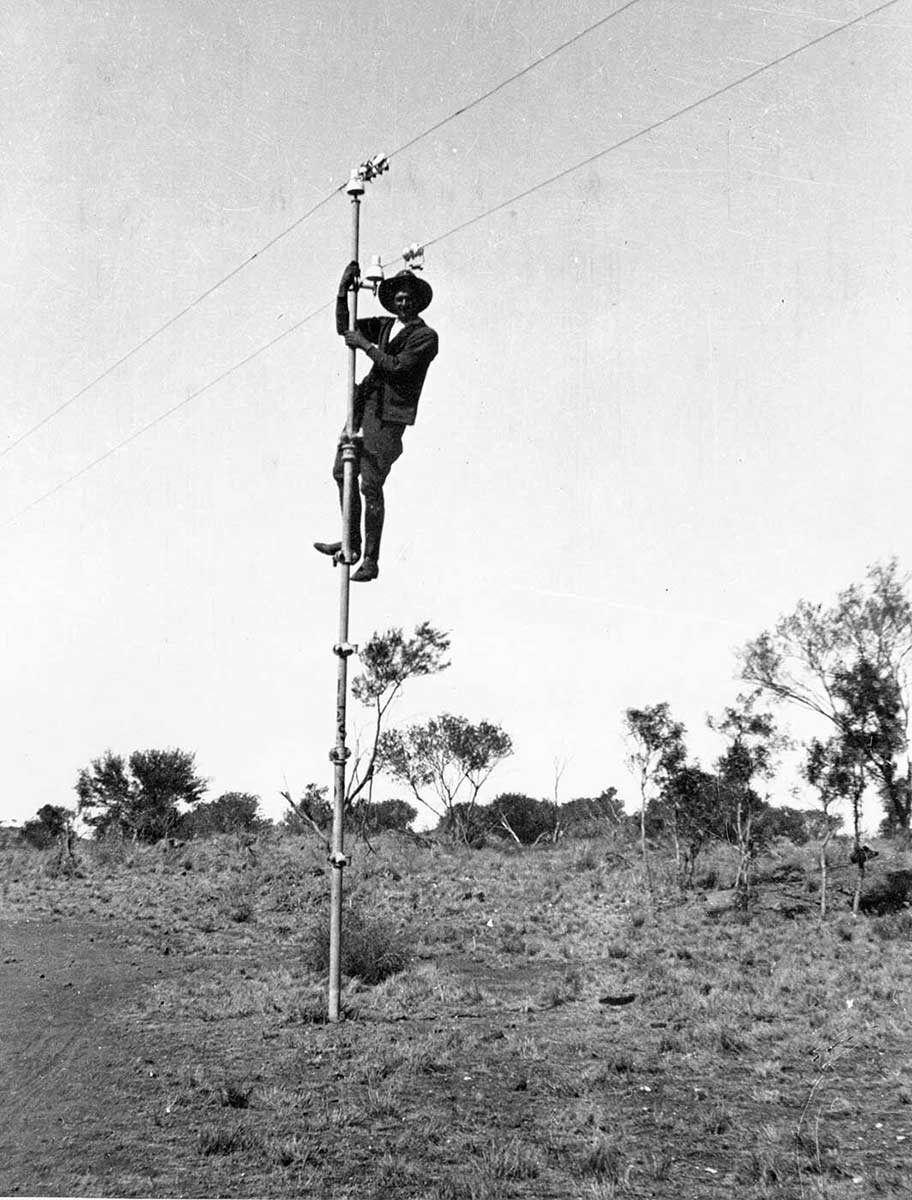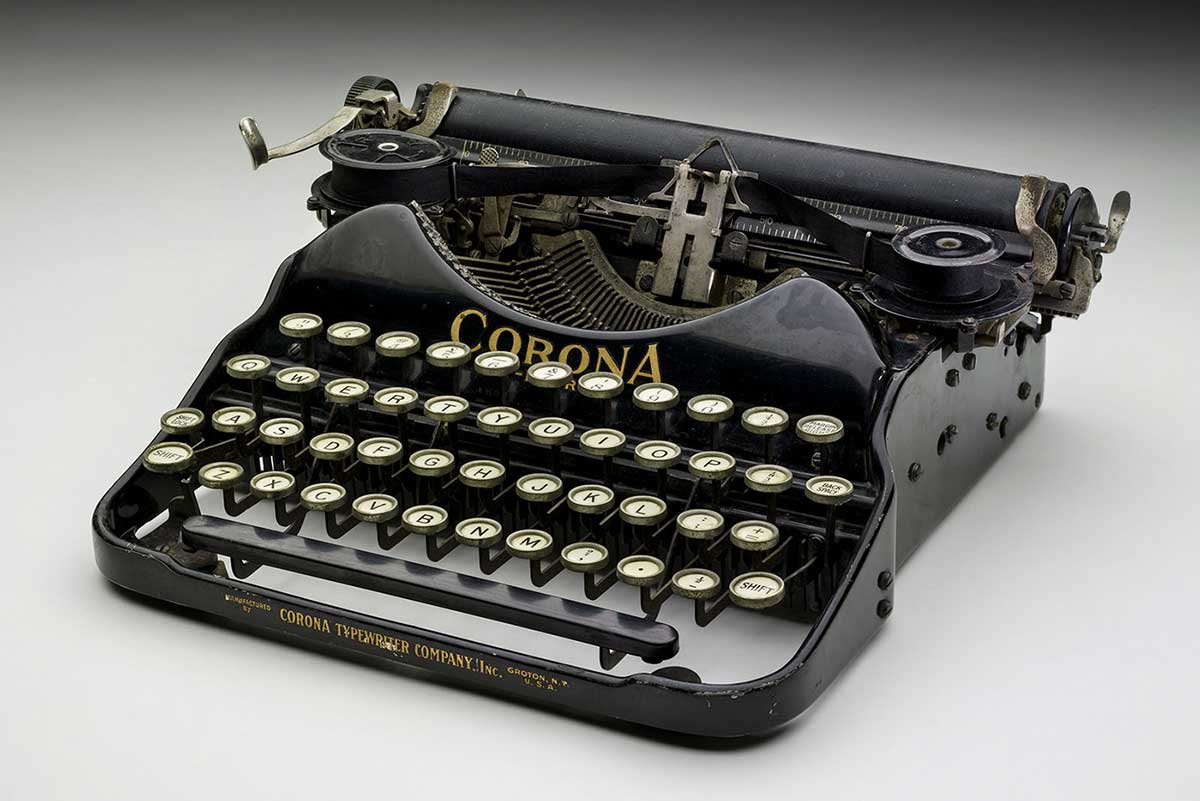The Covid-19 pandemic has altered the way Australians communicate and engage with each other, particularly during long periods of lockdown. For some, the swift uptake in new technologies has been easy, but for others it has been challenging.
This week we look at examples of communication technologies and how they have shaped Australia.
Overland Telegraph

The Overland Telegraph line changed the way Australia related to the world, breaking the country’s isolation.
It ran from Port Augusta to Darwin over 3200 kilometres, and included 36,000 telegraph poles and 11 repeater stations. After a delay of seven months, the line was completed in 1872.
Melbourne and Williamstown were connected by Australia’s first telegraph in 1854 and within four years, Sydney, Melbourne and Adelaide followed.
Just months later the line was connected with the newly finished Java to Darwin submarine cable. Australia was now connected to the world. News that had once taken months to reach England could now be transmitted within hours.
Wires, wi-fi and the future
In 2016 the co-founders of wi-fi, John O’Sullivan and Terry Percival, appeared live at the Museum to discuss wi-fi’s creation and how it has changed the way we think, work, live and play.
O’Sullivan and Percival are responsible for the invention of a core technology that contributed to wireless LAN (local area network). This invention was patented by CSIRO and it has earned the organisation over $500 million in revenue.
Wireless technology has drastically changed the way we live our lives. In 2016 the Museum selected the O’Sullivan and Percival invention as the 101st item in the exhibition, A History of the World in 100 Objects.
Wires, wi-fi and the future
Elyne Mitchell’s typewriter
Elyne Mitchell was the author of The Silver Brumby series and various non-fiction work. She had a long and successful career.
Mitchell’s works centred on the Snowy Mountains and featured daring characters on adventures in rugged landscapes. The Silver Brumby was adapted into a film starring Russell Crowe in 1993.
Mitchell used this humble typewriter to write some of her novels. It is a Corona Four typewriter that was manufactured in September–October 1936. Corona was an extremely popular brand of typewriter that was first launched in the United States in 1912.
We’ll keep bringing objects, collections, exhibitions and programs from the vault as part of the Museum from Home experience. Stay tuned!
In our collection
You may also like

